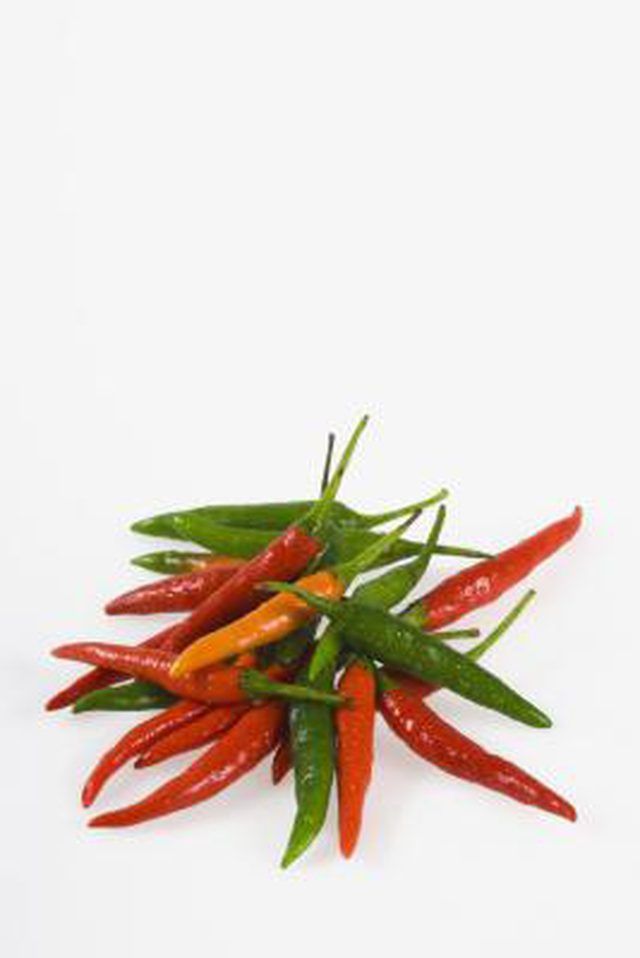Bulbs
Flower Basics
Flower Beds & Specialty Gardens
Flower Garden
Garden Furniture
Garden Gnomes
Garden Seeds
Garden Sheds
Garden Statues
Garden Tools & Supplies
Gardening Basics
Green & Organic
Groundcovers & Vines
Growing Annuals
Growing Basil
Growing Beans
Growing Berries
Growing Blueberries
Growing Cactus
Growing Corn
Growing Cotton
Growing Edibles
Growing Flowers
Growing Garlic
Growing Grapes
Growing Grass
Growing Herbs
Growing Jasmine
Growing Mint
Growing Mushrooms
Orchids
Growing Peanuts
Growing Perennials
Growing Plants
Growing Rosemary
Growing Roses
Growing Strawberries
Growing Sunflowers
Growing Thyme
Growing Tomatoes
Growing Tulips
Growing Vegetables
Herb Basics
Herb Garden
Indoor Growing
Landscaping Basics
Landscaping Patios
Landscaping Plants
Landscaping Shrubs
Landscaping Trees
Landscaping Walks & Pathways
Lawn Basics
Lawn Maintenance
Lawn Mowers
Lawn Ornaments
Lawn Planting
Lawn Tools
Outdoor Growing
Overall Landscape Planning
Pests, Weeds & Problems
Plant Basics
Rock Garden
Rose Garden
Shrubs
Soil
Specialty Gardens
Trees
Vegetable Garden
Yard Maintenance
The Best Fertilizer for Hot Peppers
The Best Fertilizer for Hot Peppers. Growing hot peppers has become increasingly popular in recent years as cayenne, tabasco and chili peppers are essential to ethnic foods that incorporate the peppers' heat and flavors. Hot peppers grow best in places with long, hot and dry summers.

Growing hot peppers has become increasingly popular in recent years as cayenne, tabasco and chili peppers are essential to ethnic foods that incorporate the peppers' heat and flavors. Hot peppers grow best in places with long, hot and dry summers.
Nutrient Requirements
Whether using organic fertilizer, such as dried manure or cottonseed meal, or commercial synthetic fertilizer, the best fertilizer for growing hot peppers is low-nitrogen fertilizer. Therefore, look for fertilizers with a 1-2-2 ratio, or one part nitrogen to two parts each of phosphorus and potassium. Common balanced commercial fertilizers used for hot peppers are 5-10-10 and 8-16-16. In addition, add extra magnesium -- Epsom salt is an effective source -- when plants blossom and again 10 days later.
How to Apply
Apply fertilizer to hot peppers when first transplanted and then add a second application, or side dressing, after the first peppers have set to give plants an extra nutritional boost. Cornell University's Cooperative Extension recommends using a foliar fertilizer, which is fertilizer added to water and then sprayed directly onto foliage, because it is quick-acting versus fertilizer mixed into the ground.
Warning
Unless using a foliar fertilizer, fertilizer should not come in contact with hot pepper plants because it will burn them. Fertilizer should be added to soil several inches from the growing plant.